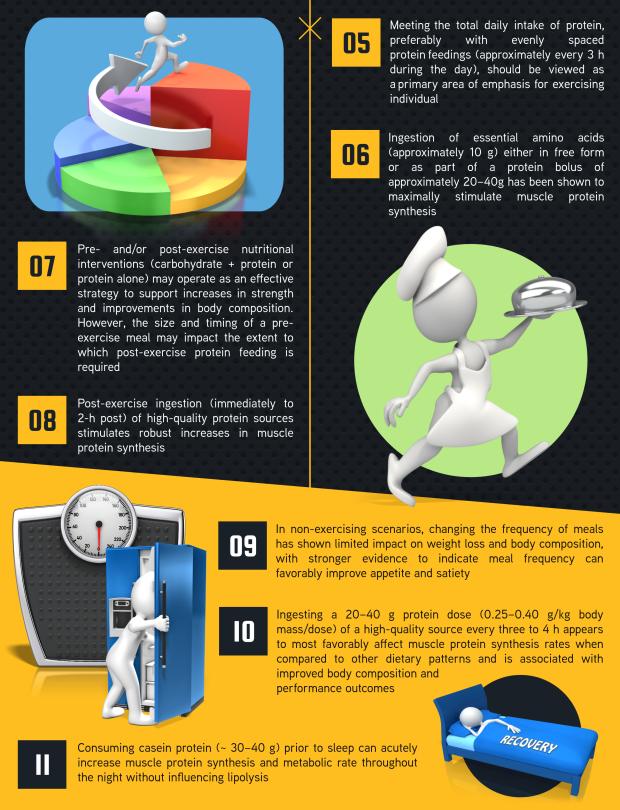In the journey of personal fitness and wellness, few moments are as perplexing and frustrating as hitting a plateau. After weeks or months of steady progress, suddenly the scale refuses to budge, and the mirror seems to echo the same reflection. This is the dreaded plateau—a natural, albeit challenging, phase where progress stalls despite continued effort. But fear not, for every plateau presents an opportunity to reassess and refine your approach. At the heart of breaking through this barrier lies the delicate art of adjusting your calorie intake. This article delves into the science and strategies behind recalibrating your diet to reignite progress, offering practical tips to help you tailor your nutrition plan and propel you towards your fitness goals. Whether you’re looking to shed those last stubborn pounds or push past a performance lull, understanding how to effectively tweak your calorie consumption can be the key to unlocking your full potential.
Understanding Your Baseline: The Foundation of Caloric Adjustment
Before diving into caloric adjustments, it’s crucial to establish a solid understanding of your baseline. Your baseline is essentially your starting point—the number of calories your body requires to maintain its current weight without any change in activity level. Knowing this helps you tailor your caloric intake effectively, ensuring you don’t eat too little or too much. Here’s how to determine your baseline:
- Calculate Your Basal Metabolic Rate (BMR): This is the amount of energy expended while at rest in a neutrally temperate environment. Use online calculators or formulas like the Harris-Benedict equation to find your BMR.
- Factor in Your Activity Level: Multiply your BMR by an activity factor that reflects your daily physical activity. This will give you the Total Daily Energy Expenditure (TDEE).
- Monitor and Adjust: Keep track of your weight and energy levels. If you’re maintaining your weight, you’re likely close to your true baseline. Adjust as necessary based on these observations.
By understanding your baseline, you set the stage for effective caloric adjustments. This foundation allows you to make informed decisions, breaking through plateaus with precision rather than guesswork.

Exploring Macro Balances: Fine-Tuning for Plateau Breakthroughs
When you’ve hit a plateau, adjusting your macro balances can be the secret sauce to reigniting progress. The key is to reassess and fine-tune your intake, focusing on the quality and quantity of macronutrients. Start by identifying which macros need tweaking based on your goals—whether it’s increasing protein for muscle gain, reducing carbohydrates for fat loss, or balancing fats for overall energy. Here are some creative strategies to consider:
- Re-evaluate Protein Intake: Increasing protein can help preserve muscle mass while you adjust other macros. Aim for high-quality sources like lean meats, legumes, and dairy.
- Cycle Your Carbs: Implement carb cycling to keep your metabolism guessing. Alternate between high-carb and low-carb days to prevent your body from adapting.
- Fats for Fuel: Don’t shy away from healthy fats. Avocados, nuts, and olive oil can provide the energy needed for intense workouts and help break through the plateau.
Remember: The body’s response to macro adjustments can vary, so it’s crucial to track your progress and be patient. Listen to your body, and make changes incrementally to find the sweet spot that propels you forward.

Cycling Calories: A Strategic Approach to Restart Progress
When you’re stuck in a rut, shaking up your calorie intake might be the secret weapon you need. A strategic approach to managing calories can reignite your progress by leveraging the body’s natural adaptability. Start by analyzing your current intake and identify areas where adjustments can be made. Consider these strategies:
- Calorie Cycling: Alternate between higher and lower calorie days to keep your metabolism guessing. This method prevents your body from adapting to a consistent caloric intake, which often leads to plateaus.
- Macro Adjustments: Experiment with different macronutrient ratios. For instance, increasing protein intake can aid in muscle preservation while reducing carbs might enhance fat loss.
- Intermittent Fasting: Implement a fasting schedule to help manage calorie consumption naturally. This approach can improve metabolic health and break through weight loss barriers.
It’s essential to monitor how your body responds to these changes and adjust accordingly. A flexible mindset and a willingness to experiment can lead to surprising breakthroughs in your fitness journey.

Harnessing Nutrient Timing: Aligning Intake with Activity Levels
Understanding how to synchronize your calorie intake with your daily activities can be a game-changer in overcoming weight loss plateaus. By strategically aligning your meals with your physical activities, you can optimize your body’s metabolic processes, ensuring it utilizes nutrients efficiently. This concept, known as nutrient timing, involves consuming specific macronutrients at optimal times to fuel your body and aid in recovery. Here’s how you can incorporate this strategy into your routine:
- Pre-Workout Nutrition: Prior to engaging in physical activity, focus on consuming a meal rich in carbohydrates and moderate in protein. This combination helps to maximize glycogen stores and provides sustained energy.
- Post-Workout Recovery: After exercising, aim for a protein-rich snack to aid in muscle repair and recovery. Including some carbohydrates will also help replenish glycogen levels.
- Rest Day Adjustments: On days when physical activity is minimal, slightly reduce carbohydrate intake while maintaining a steady protein level to support muscle maintenance.
By adopting these nutrient timing strategies, you can effectively manage your calorie intake in accordance with your activity levels, ultimately breaking through any stubborn plateaus and propelling you towards your fitness goals.

